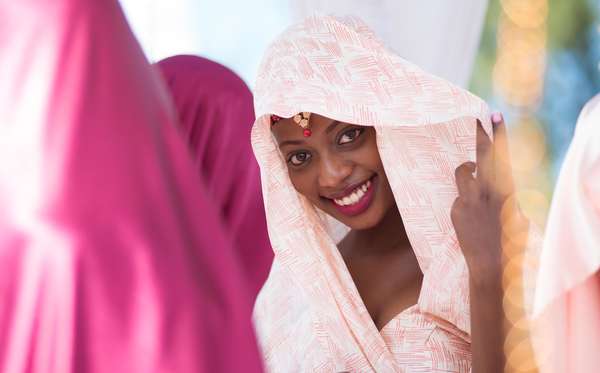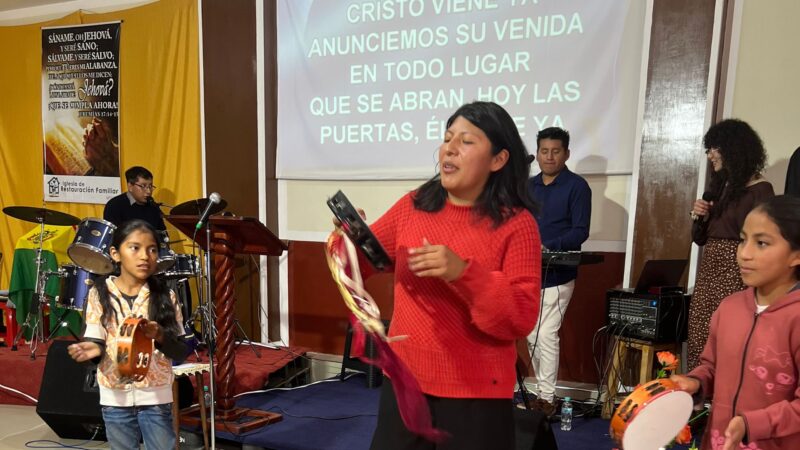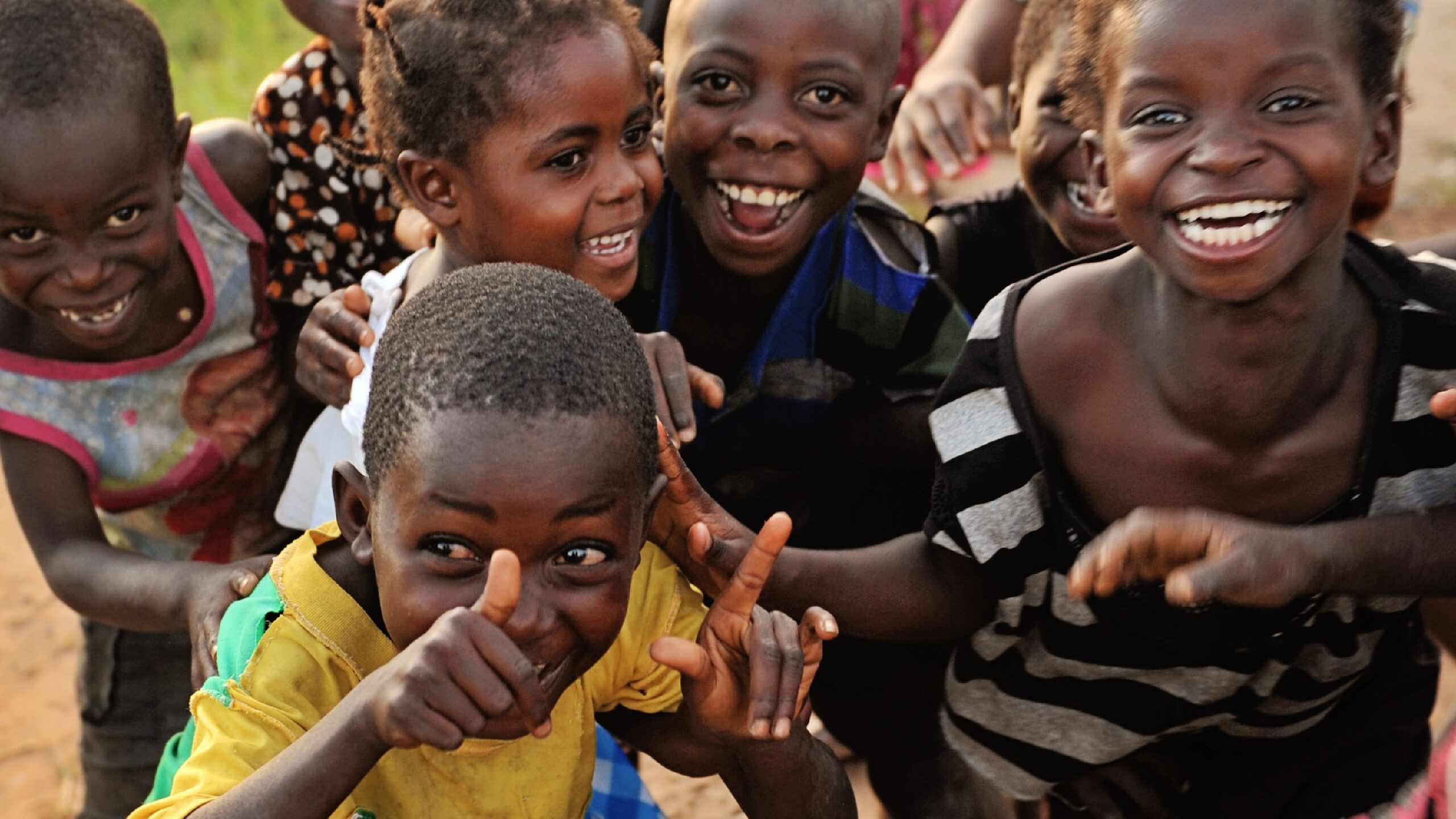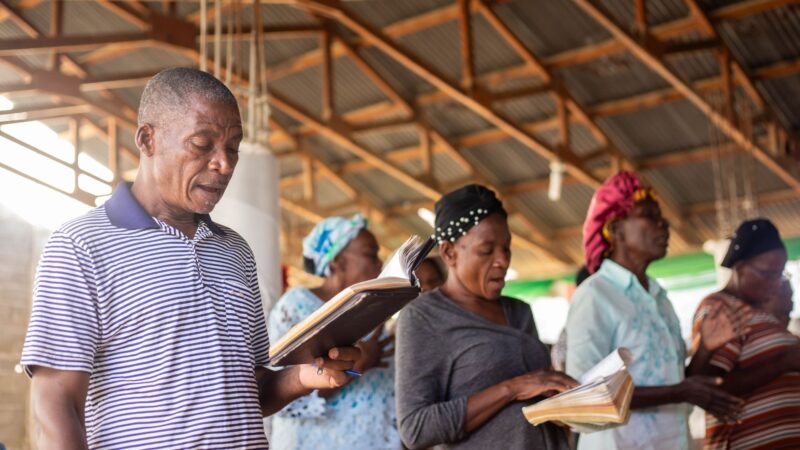Uganda is the pearl of Africa…rivers flow from one corner to the other connected to fresh water lakes, there are mountains with snow-capped peaks, forests with majestic trees soaring high in the sky, abundant green vegetation, wild and domestic animals but above all, Uganda is gifted with warm and hospitable people. It’s the uniqueness of Uganda’s people that makes the African nation very special. The country is made up of over 56 tribes- each speaking a different dialect and practicing different cultural activities.
The Baganda is the largest of these tribes, located right in the center of the pearl along the northern and western shores of Lake Victoria. They have lived here and practiced agriculture since time and memorial. In Buganda, children kneel before their elders and Bugandan women kneel and men roll on the ground to revere their king, the “Kabaka.”
The Baganda have traditional marriage practices unique to their kingdom. The parents approve a partner for their children. The bride-to-be’s parents will welcome a suitor in a small ceremony called a “Kulyaal,” held at the bride’s favorite auntie’s home, where the suitor would be vetted.
If a suitor is approved, a letter requesting a formal visit meeting the girl’s parents for introduction is sent to her father who will then set a final date for the introduction ceremony known as”Okwanjula”(meaning traditional marriage ceremony).
At this ceremony, both families get to know each other and make a pact. The girl’s father presents baked coffee beans to his future son-in-law and each of them chooses only two, which they exchange and eat. It is a sign that they have now become family. The bride then arrives after all the children have come and greeted the guests including neighbors, extended family members and those accompanying the groom.
Men dress up in white tunics known as “kanzu” with a jacket on top- this dress code is a sign of respect, no one is supposed to show their body parts in public. Women are covered in traditional dresses known as “gomesi” or “busuuti,” long dresses with pointed shoulders and a decorative belt around the waist.
The groom’s sisters will then offer a bouquet to the bride to confirm their brother’s choice after which gifts are offered to the bride’s family. These can include well-dressed or wrapped gift baskets filled with sugar, rice or vegetables and other presents like electronics or furniture. Although this is taken as a dowry (“imano”), it is the groom’s choice to make his in-laws happy and he decides which gifts to bring. The groom also gives a rooster to the bride’s brother to allow him marry his sister.
Aside from gifts, food is an important part of the celebration and both families share a meal together. Huge pans of matoke (bananas), a staple food for the Baganda, are prepared with lots of meat, rice and other delicacies to make a nice buffet. The meal is usually enjoyed as drums commonly known as “bakisimba” are played in the background and the “amazina amaganda,” a traditional dance is performed.
In western Uganda, there is the smaller Banyankole tribe. Marriage is a very significant institution in the Banyankole culture as it represents the transition to adulthood. This community also places a strong emphasis on women receiving the blessing of her parents for whomever they marry. A marriage may be arranged by the couple’s parents, or the suitor may propose during adolescence.
When a marriage is arranged or a marriage proposal is accepted, a bride price or dowry (typically given in form of cows), is gifted to the bride’s family by the groom’s. An expert is always on hand to check the health of the cows. In Ankole tradition, gifts are presented to the bride’s family symbolizing the ability of the groom to take care of his new bride.
Once the dowry has been exchanged, preparations for the wedding begin. On the wedding day, younger girls and boys called the “enshagarizi” escort the bride to the groom’s place after the blessings from the elders. The bride’s father slaughters a bull for food. Other forms of food, and a considerable amount of beer, are prepared for a large feast at the bride’s home. This is followed by another feast at the bridegroom’s home.





